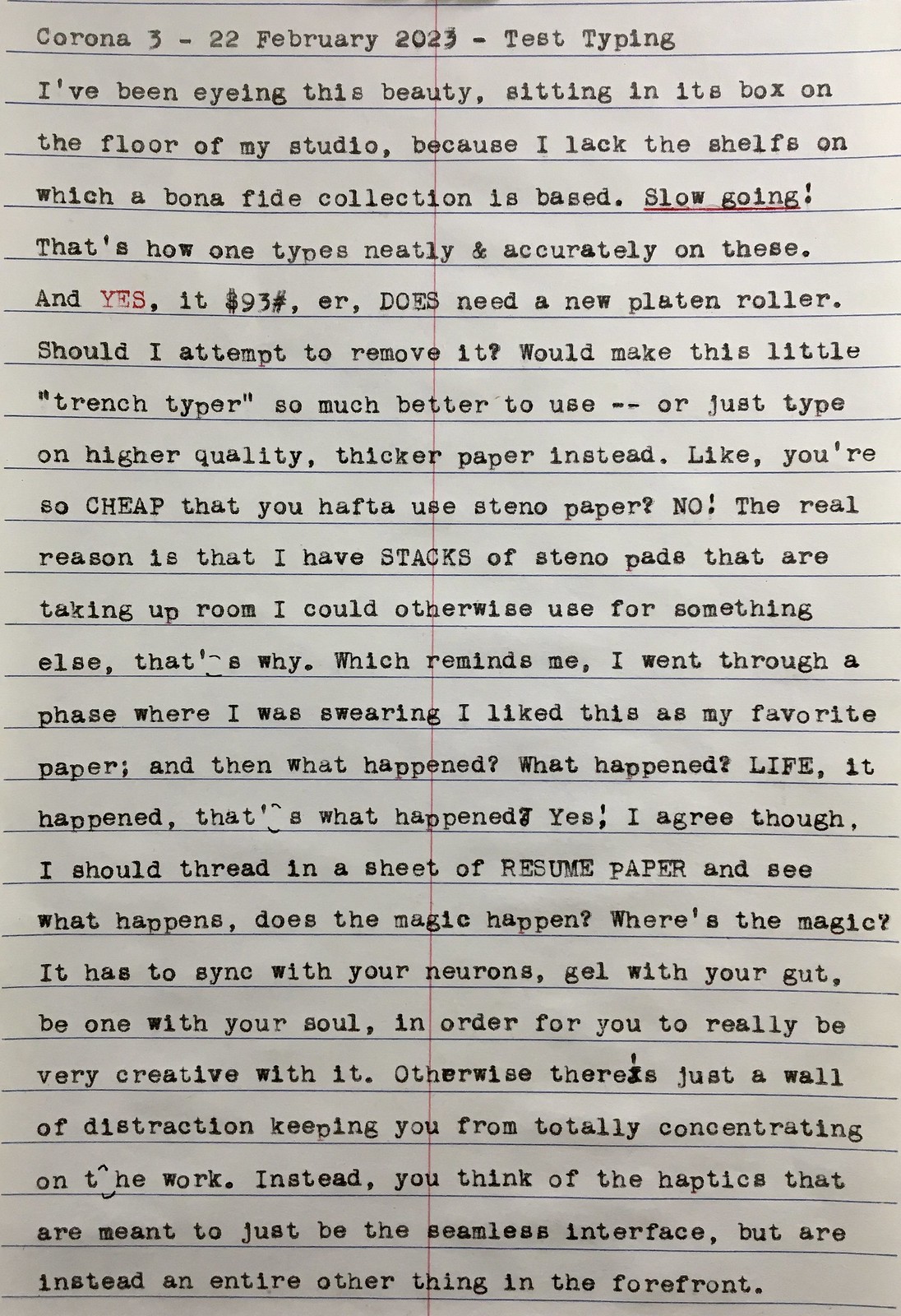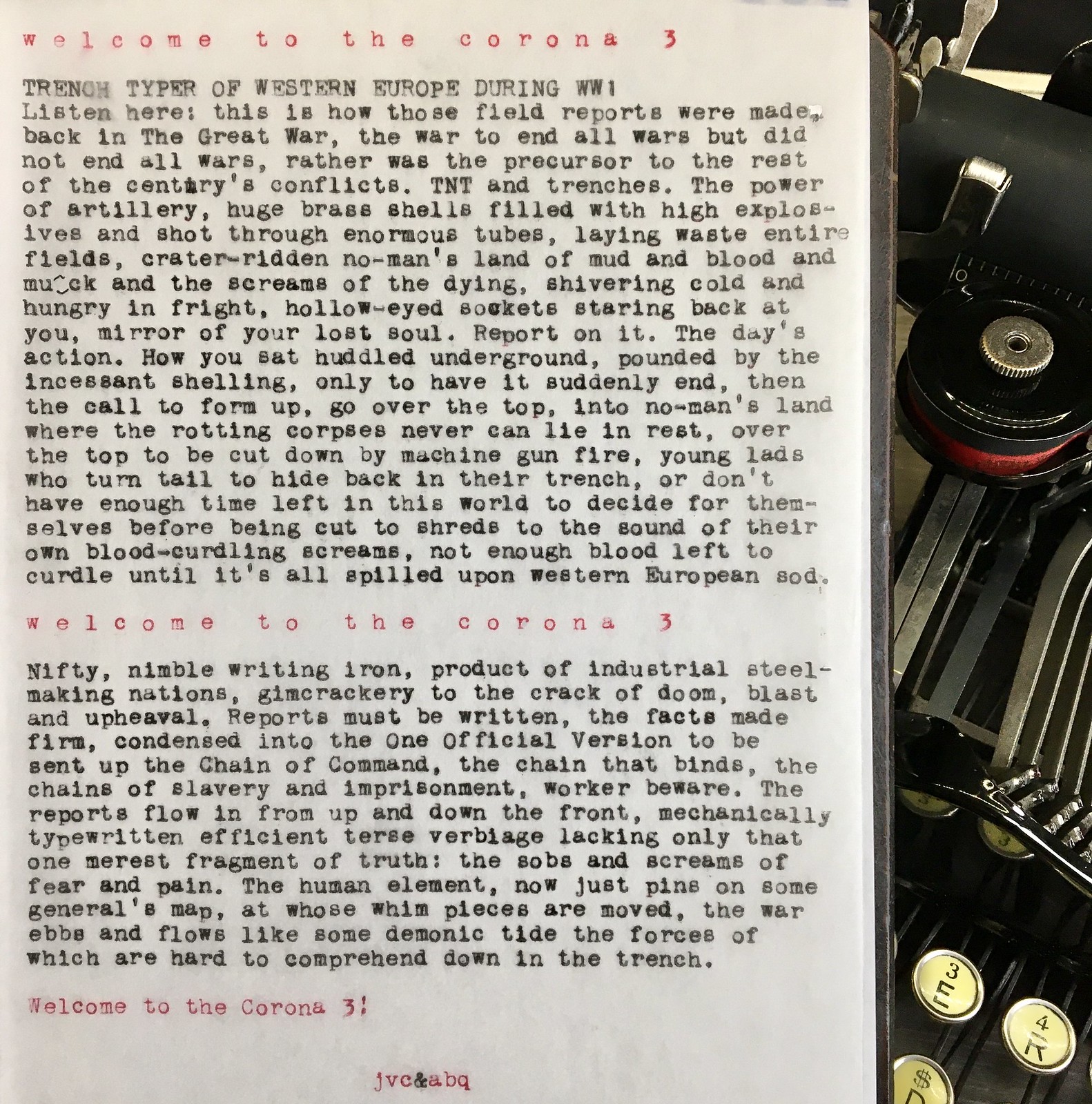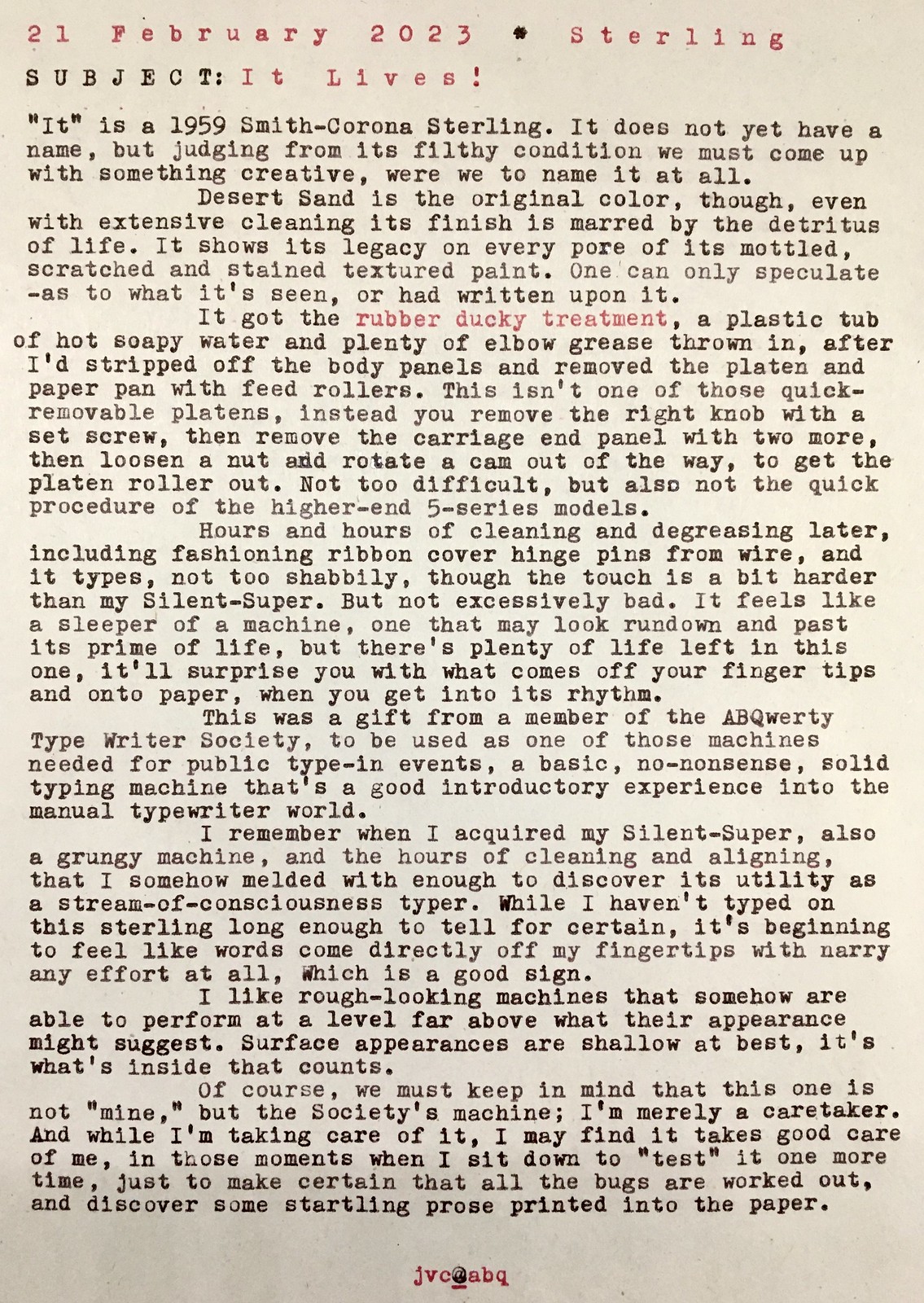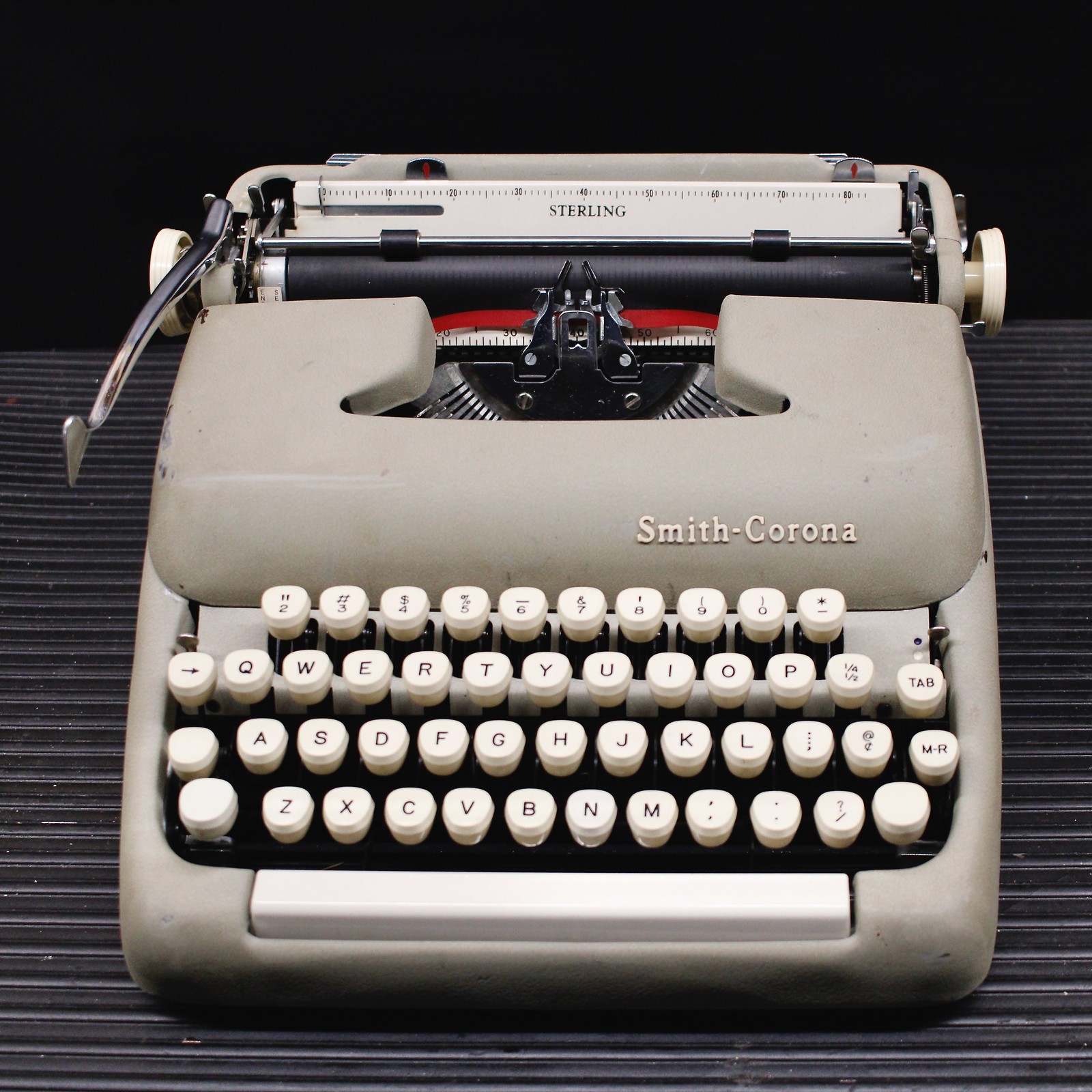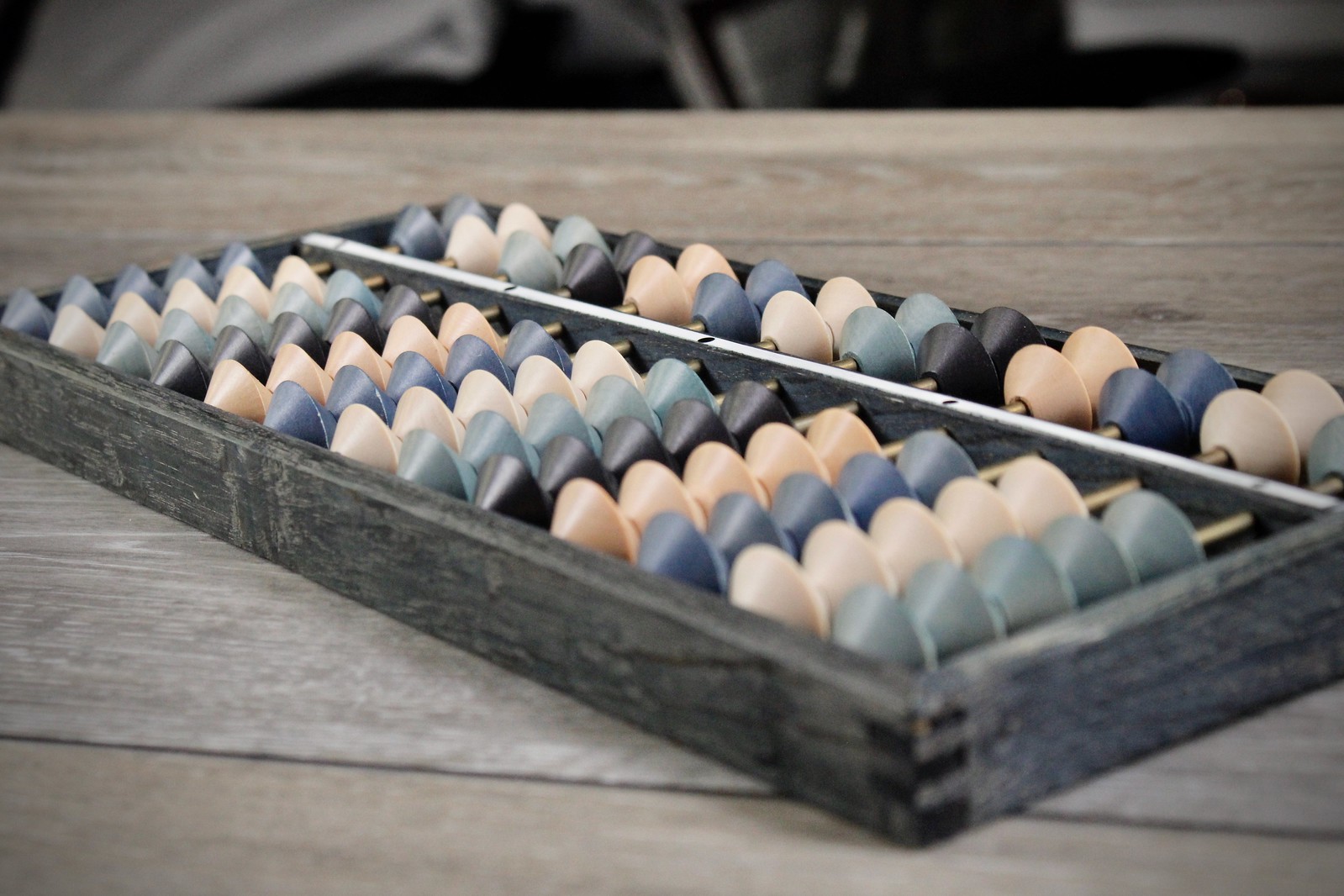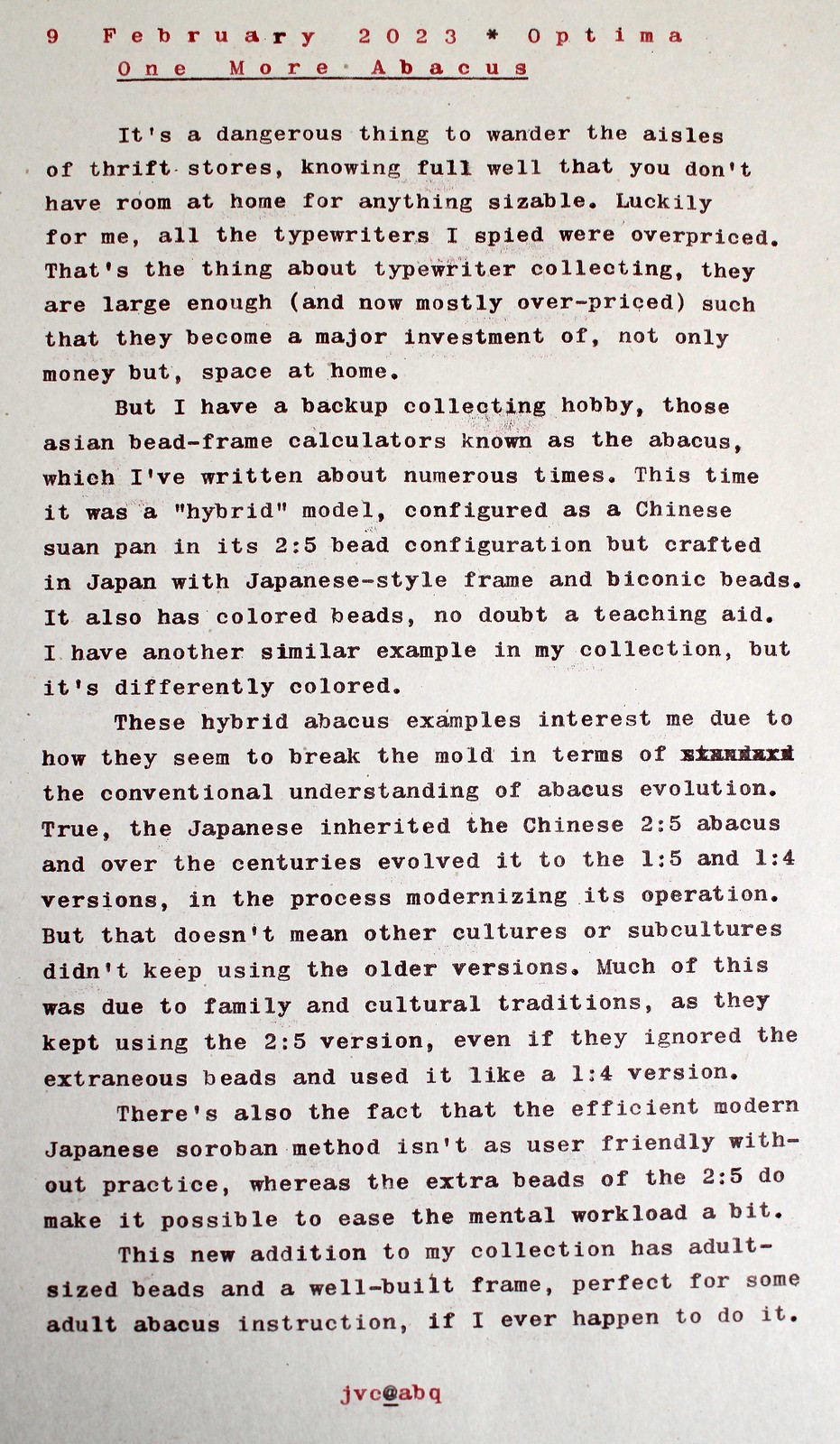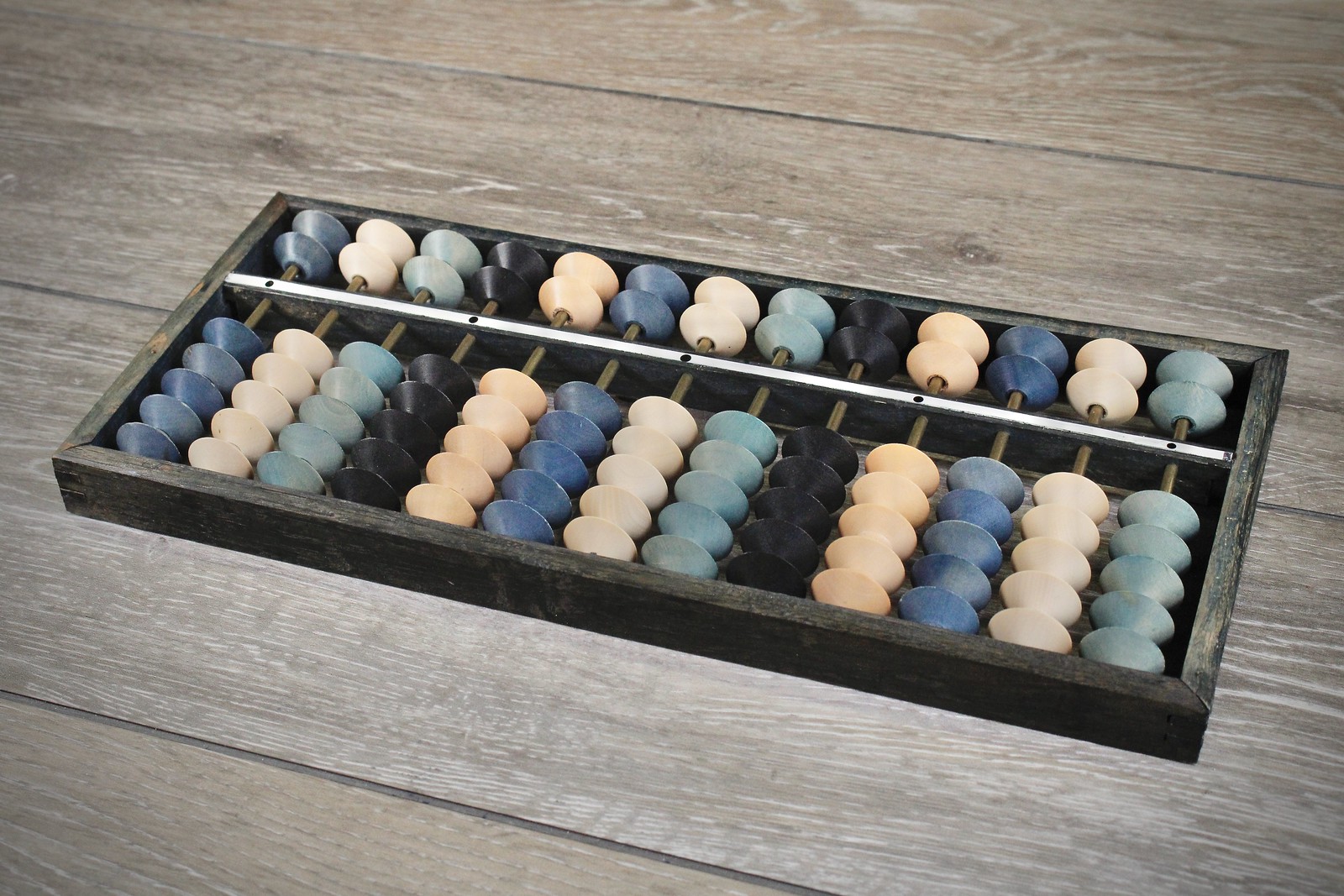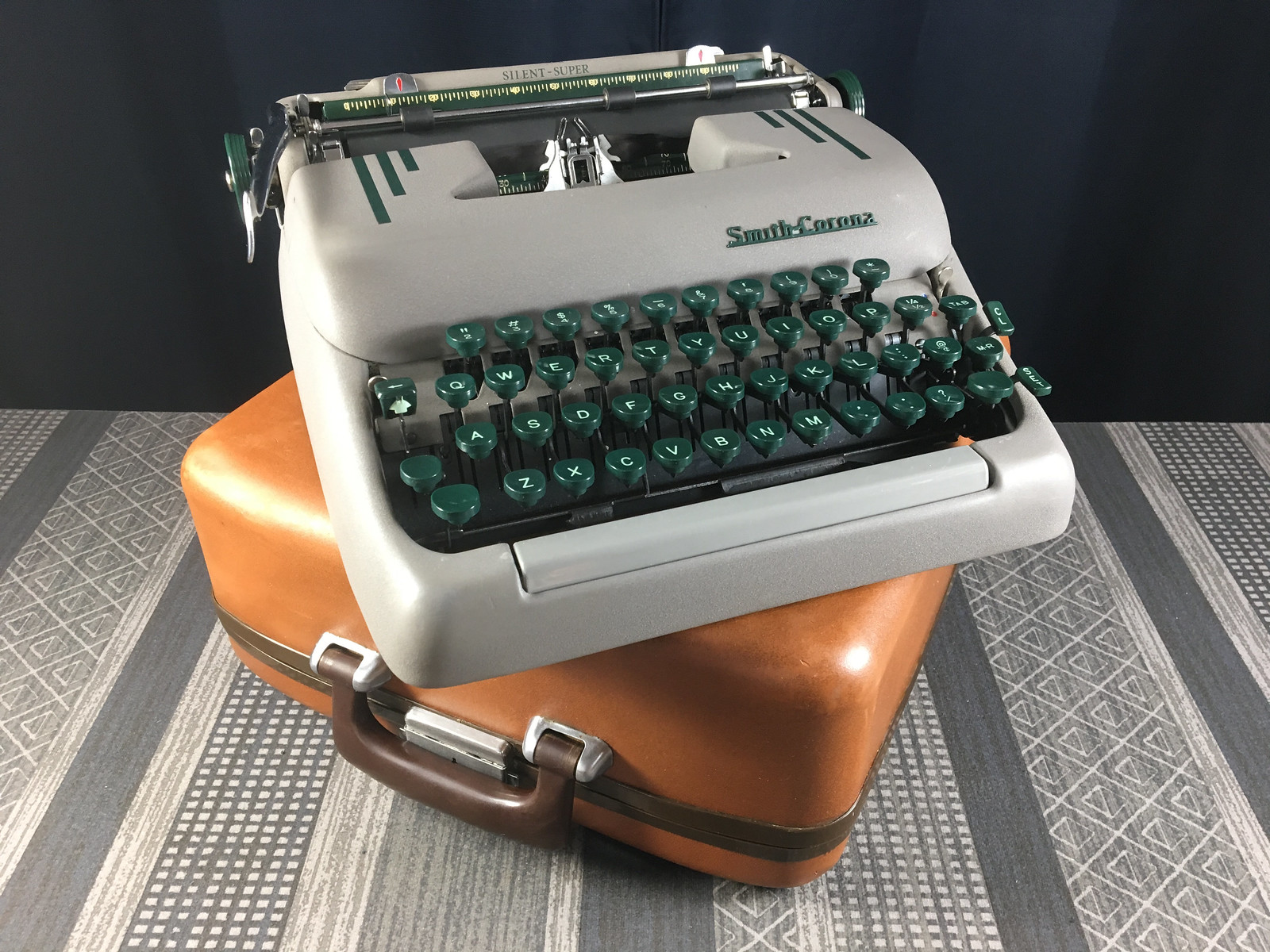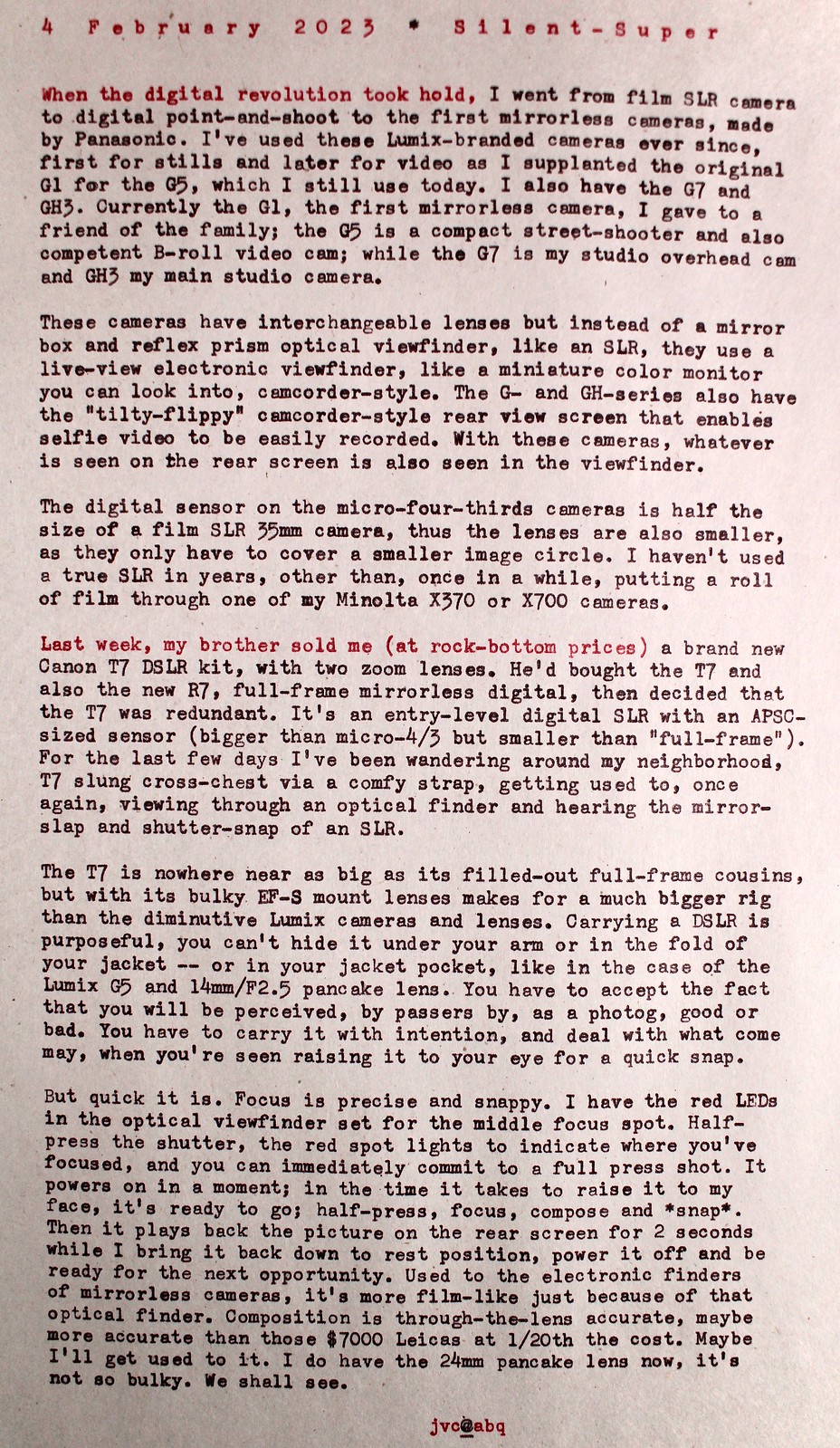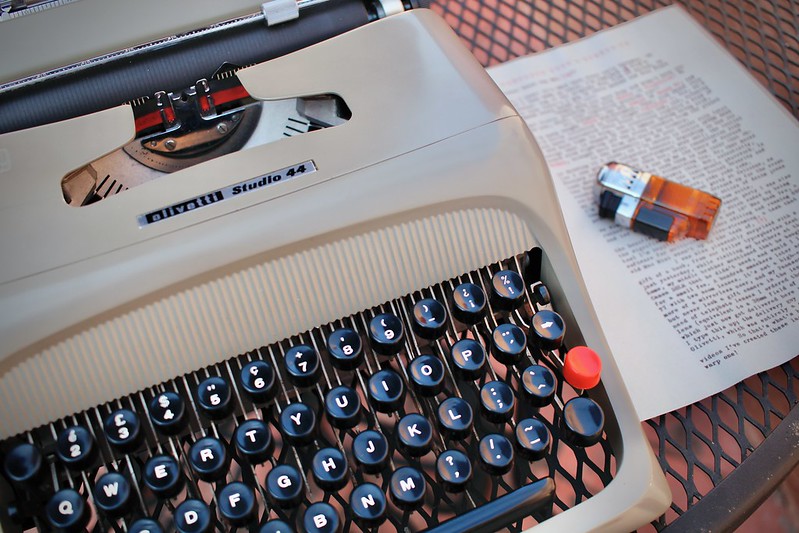Slowly Divorcing Film

One of my favorite film cameras, the Zorki 1E
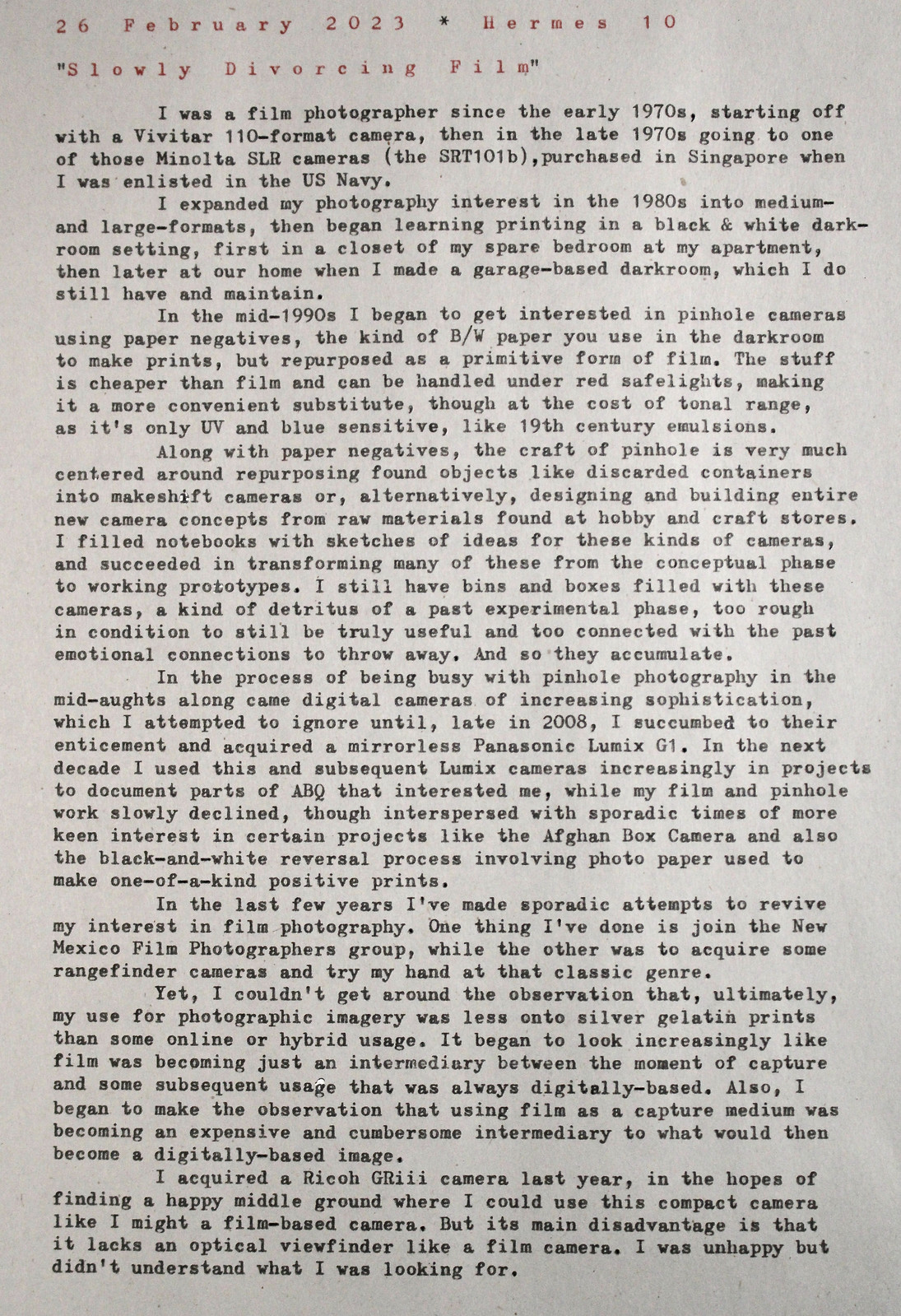

My favorite film cameras of late: Minolta X700 & Vivitar 24-F/2.8 lens; Kodak Retina IIIc; Zorki 1E & 50mm Jupiter 8 lens; Voigtlander Vitomatic II
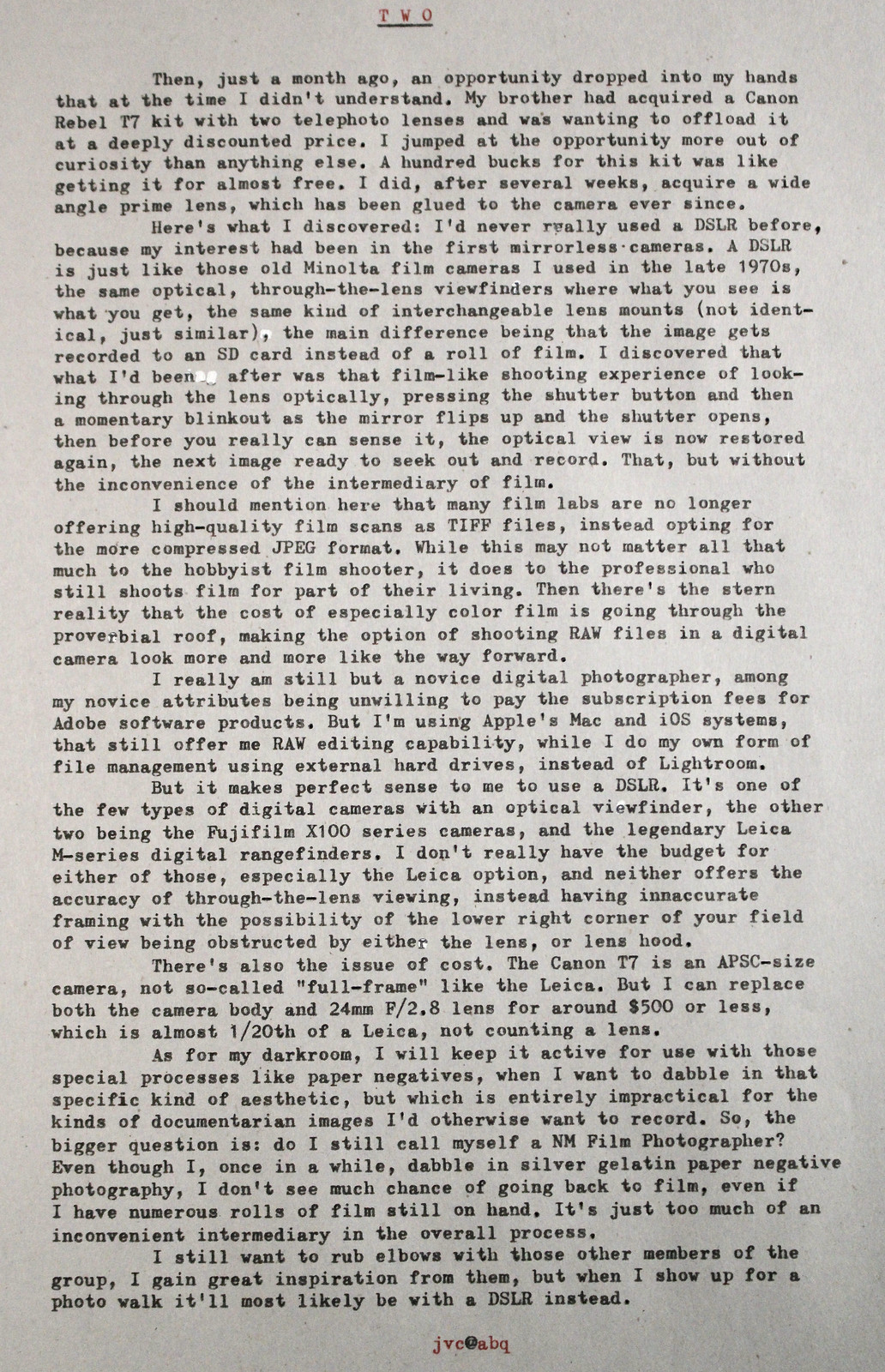
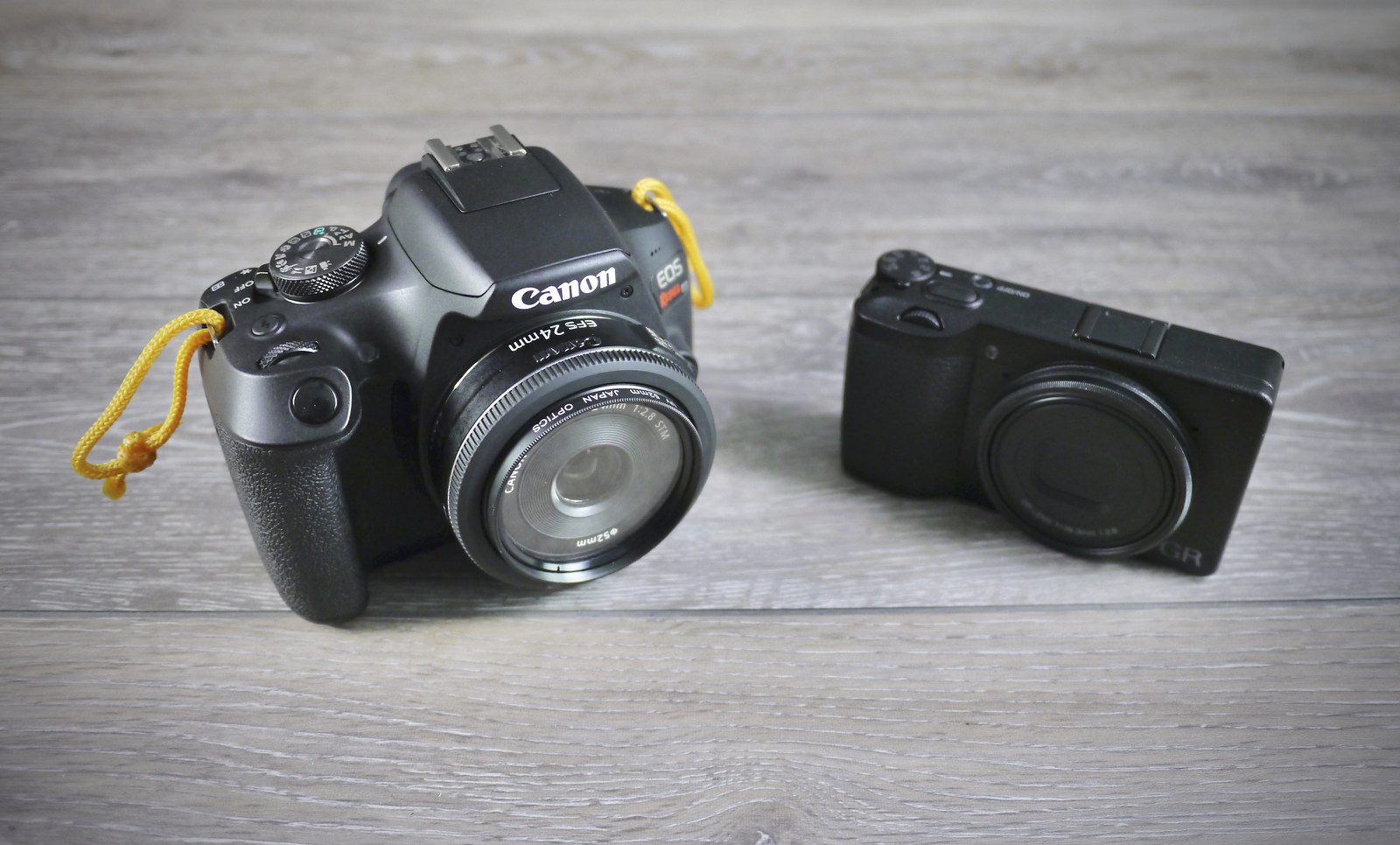
Recent new digital cameras: the Canon Rebel T7 with 24-F/2.8 lens; the Ricoh GRiii
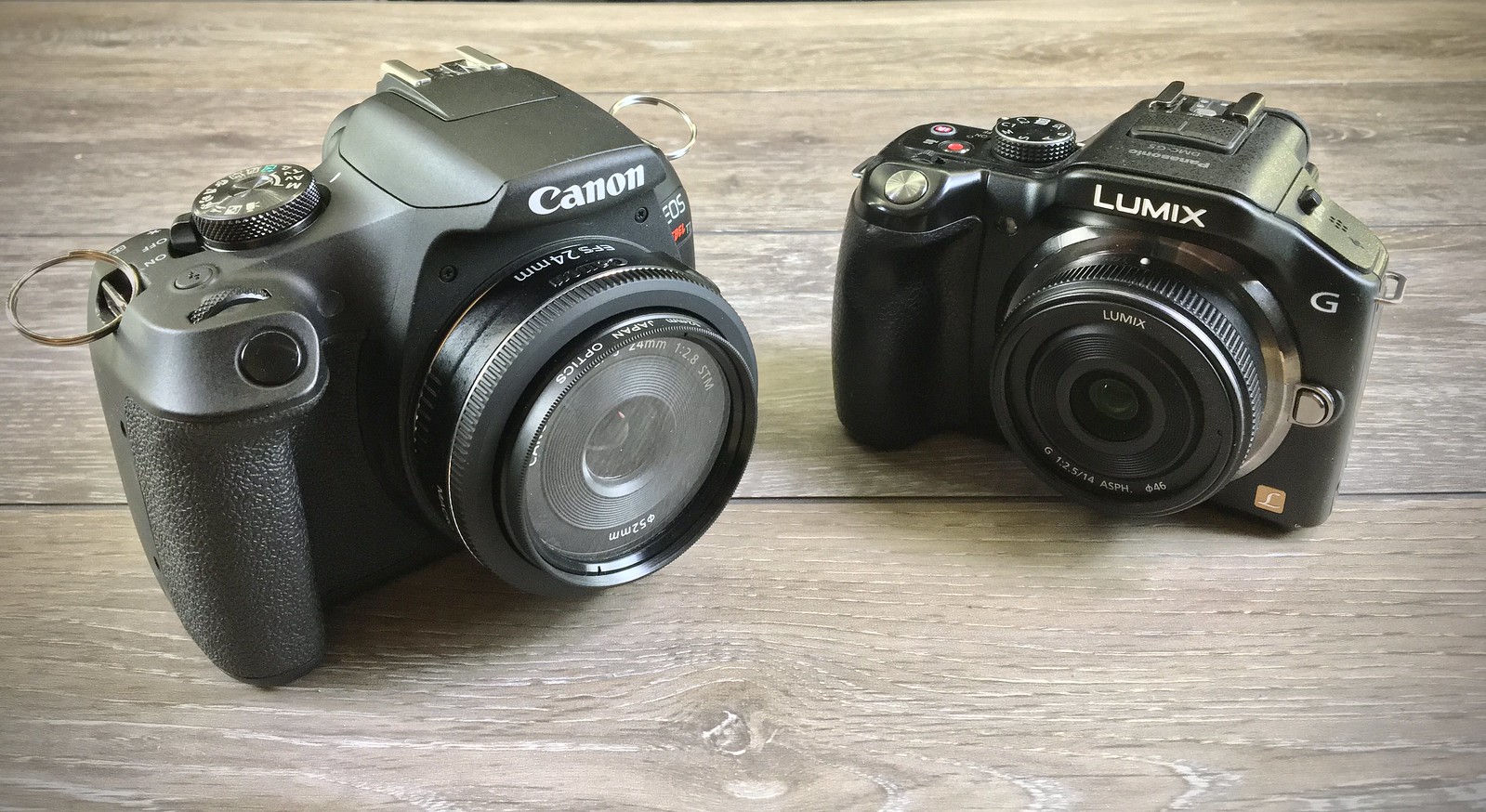
Canon T7 DSLR and Lumix G5 mirrorless
The Ricoh, though the smallest APS-C camera made and truly pocketable, has mediocre autofocus and is typically used for "street" photography by presetting the SNAP FOCUS distance and relying on depth of field to get objects behind and in front of that distance in reasonable focus. However, the LCD screen does not articulate, nor does it have an optical or electronic eye-level viewfinder. Using the camera is like using a phone camera, but with a screen that's much dimmer, and a larger sensor that intrinsically has narrower depth of focus and hence requires more critical focus - which it's not good at doing automatically!
The T5 has the same sized sensor as the Ricoh, and also doesn't have an articulating rear screen. However, what it does have is an eye-level OPTICAL, through-the-lens viewfinder with interchangeable lenses. This makes all the difference. Using the VF is like any other SLR, film or digital. The autofocus points built into the optical viewfinder are ACCURATE and FAST. You can also manually focus through the VF if need be.
Yes, the T5 is in no way pocketable, even with a large jacket. You carry it on a strap for all to see. People know you're a photographer, or at least "armed" with a camera. This became obvious to me the other morning when I was walking through the neighborhood on the way to the post office, camera on strap. Some car pulls up, passenger window rolls down, and the driver inquires as to why I'm taking pictures. I explain that I'm a documentary photographer, have lived in the neighborhood most of my life and document different parts of ABQ, including my own neighborhood. I even gave him my name. We ended up shaking hands and we both felt better about the situation.
The Ricoh on the other hand can be carried sneakily, especially in the colder months in a jacket pocket, ready to be pulled out, the power button pressed and a quick snap taken. I've taken lots of photos this way. I'll probably use both of these cameras into the future, but more likely the Canon will get the nod when viewfinding is expecially critical, or I need a focal length different from what the fixed 28mm equivalent lens on the Ricoh offers.
By contrast, these are the kinds of images I like to make with silver gelatin media:

"Bookcase Joe", 2 second exposure at F/5.6 onto 4x5 format pre-flashed grade 2 paper negative

"Tree", 1 hour 44 minute exposure on 8x10 format diazo paper, 240mm-F/4.5 Fujinon Xerox lens
The first image is very typical of what you can get using paper negatives, even lit at night by artificial lights indoors, taken using the lights of my video table. The exposure time range of 1-2 seconds is about ideal for hand-timed lenses: long enough to accurately time but short enough to avoid image blur.
The second image is even more unconventional and experimental. Diazo paper is "white line" blueprint paper, the kind draftsmen would use to print their drawings, using a machine with a UV flourescent bulb and liquid ammonia for the developement. In this image I cut down the paper to 8x10 size, loaded it into a sheet film holder and used the Xerox machine lens on my 8x10 box camera to focus the scene. These exposures take a long time, in this case almost two hours of bright daylight. It's then developed by taping to a flat cutting board and placing over a shallow tray of household cleaning ammonia (the strong kind) and letting the vapors do the work. The development can be done indoors under normal illumination, ensuring the paper isn't exposed to UV light, either sunlight or strong artificial UV sources.
I like these kinds of unconventional image-making processes, they are very satisfying. But you'd hardly call it "film" in the normal sense of a strip of plastic rollfilm loaded into a camera. But I supppose, in the large sense of the term, it's still film-based, if by "film" we mean a thin layer of light-sensitive chemicals.
Back to where I'm at today with digital cameras (DSLRs) that are "film-like" in the sense of having optical viewfinders like film cameras. When carrying the Canon T7 around, I'm still taking the same genre of photos I've taken in the past with other film and digital cameras, such as this one recently:
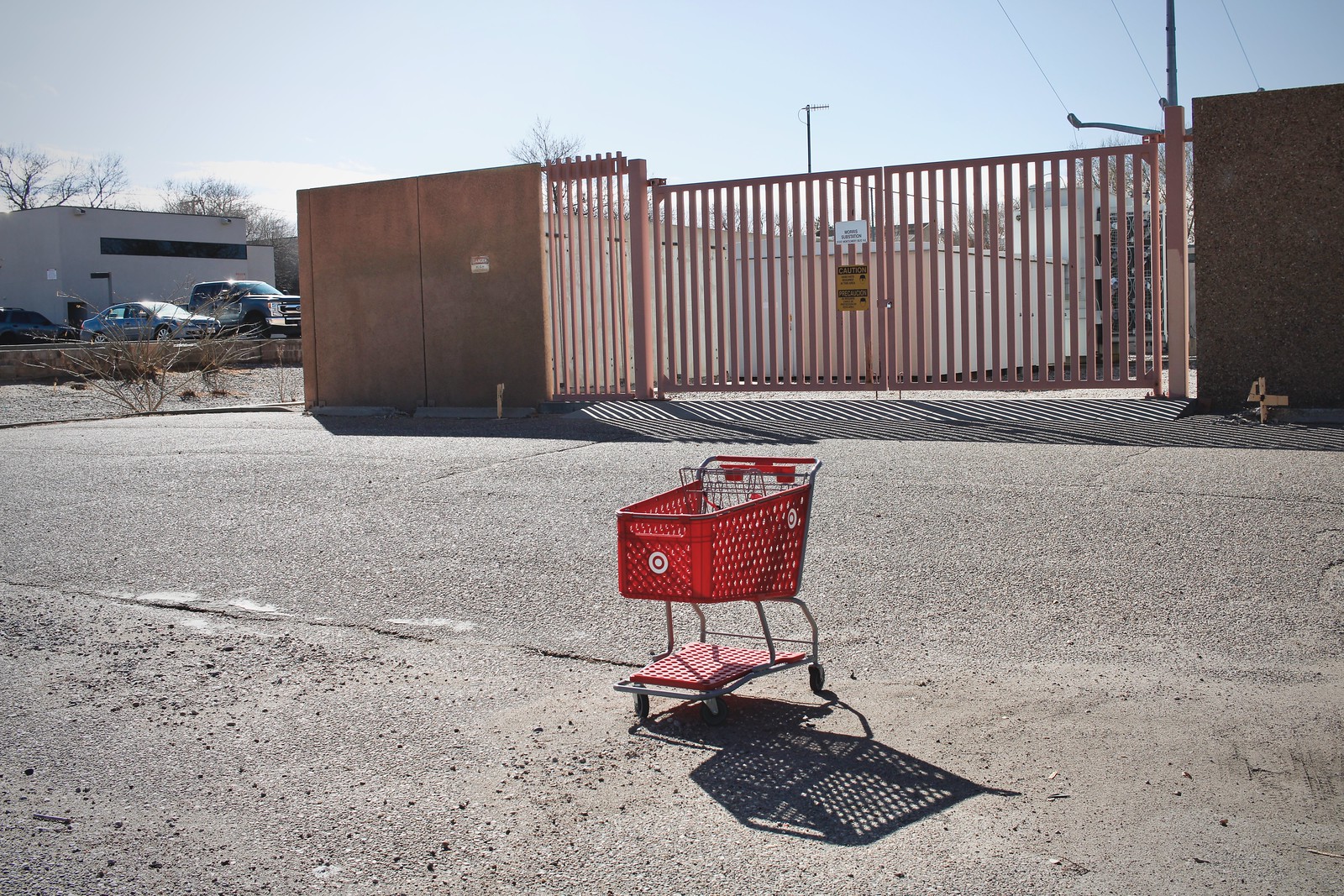
"Target Cart"
Or this one:
 "Victory, NE ABQ"
"Victory, NE ABQ"Or this one:
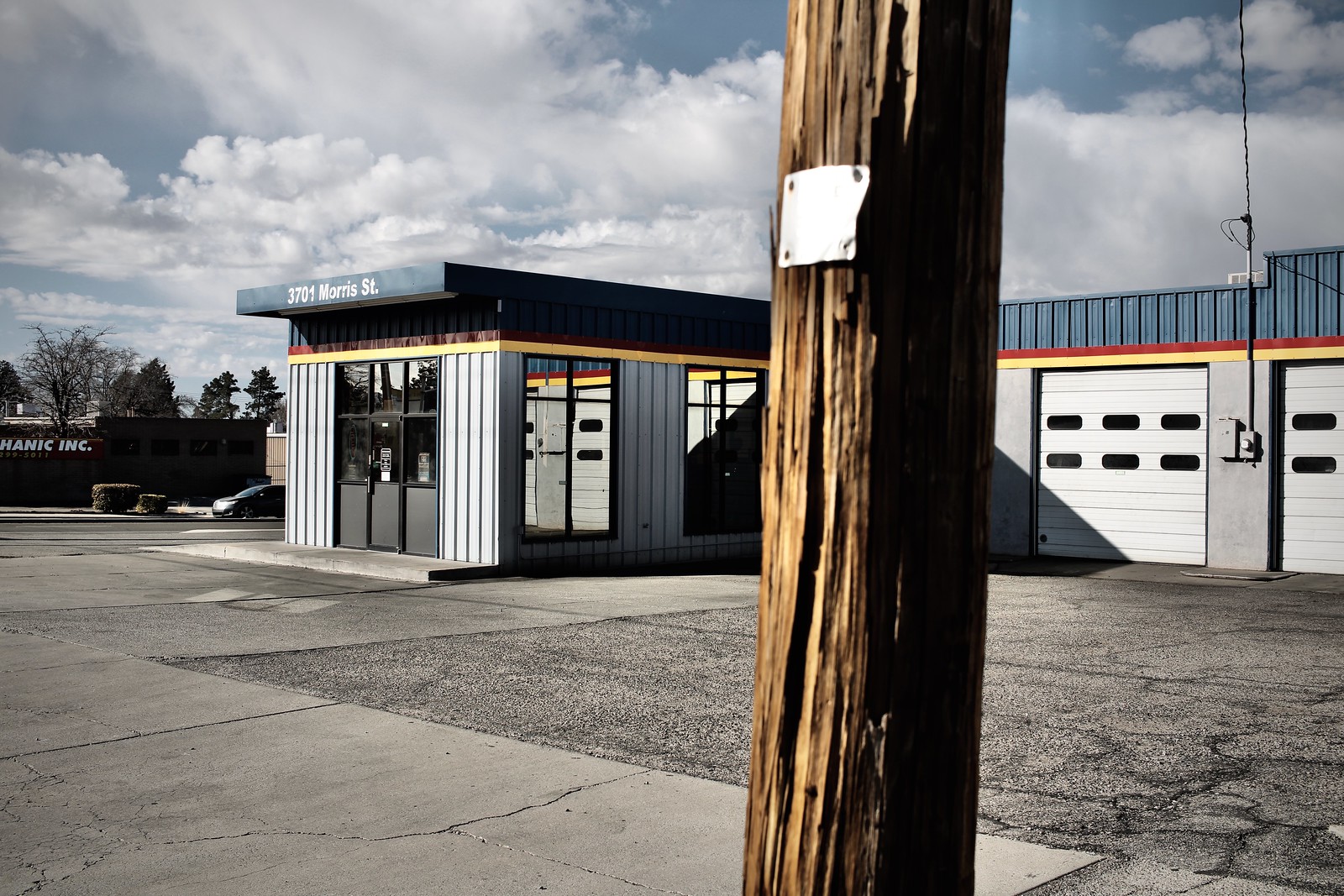 "3701 Morris, ABQ"
"3701 Morris, ABQ"I feel like it's the same photographic process at work here: walking the streets with some aesthetic in mind, thoughts floating in and out about my relationship with this community that I've lived in most of my life. Camera on strap slung across my chest, bring the camera up to my eye, see the scene through the viewfinder, focus and compose, press the shutter. And after some post-exposure mumbo-jumbo, informed by my relationship with the subject matter, here you see it yourself, online. The mumbo-jumbo could have been processing film, scanning film and post-processing a digital file of the film scan; or, in this case, post-processing the digital file from the digital camera, directly. The results I think are pretty much the same.
The title of this article suggests I've divorced film. But, like all divorces, they are messy and there's typically more to the story than either side is willing to admit. For myself, I feel, like the typical divorcee trying to self-justify, that I've done all I could've done: I kept my darkroom running, I shot film, but the prices kept going up and the scan quality of the labs kept going down. In the end, I'm interested only in the images. That's really what it's about. Yes, I once loved the film process, but today I've found a new lover, because it makes the process of seeing the images less like some form of punishment.
I love those old film cameras, every one of them. They're like old typewriters to me. But I don't fondle cameras, these mainly stay sight unseen in a cabinet rather than ogled on a display shelf. I may yet put a roll through them, once in a while, for old time's sake. But that's more like in remembrance of what film, to me, used to be. As for you, I'm fine with whatever way you choose to express yourself creatively. Let's just keep doing it, more often!
Here's one of my photo books of ABQ, Implied Presence. Here's another of my books, TV Shop. And my first photo book, Duke City Street. These were all created using Lumix micro-4/3 mirrorless cameras.


